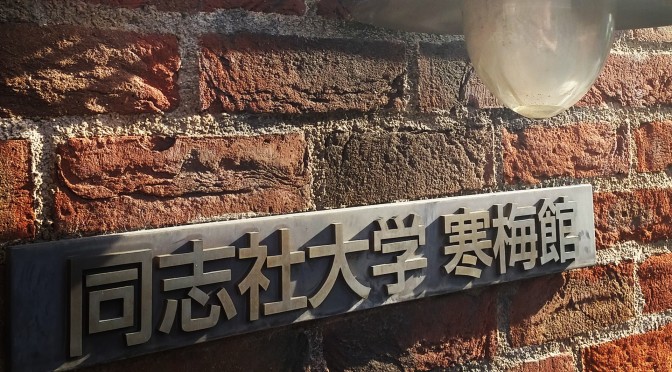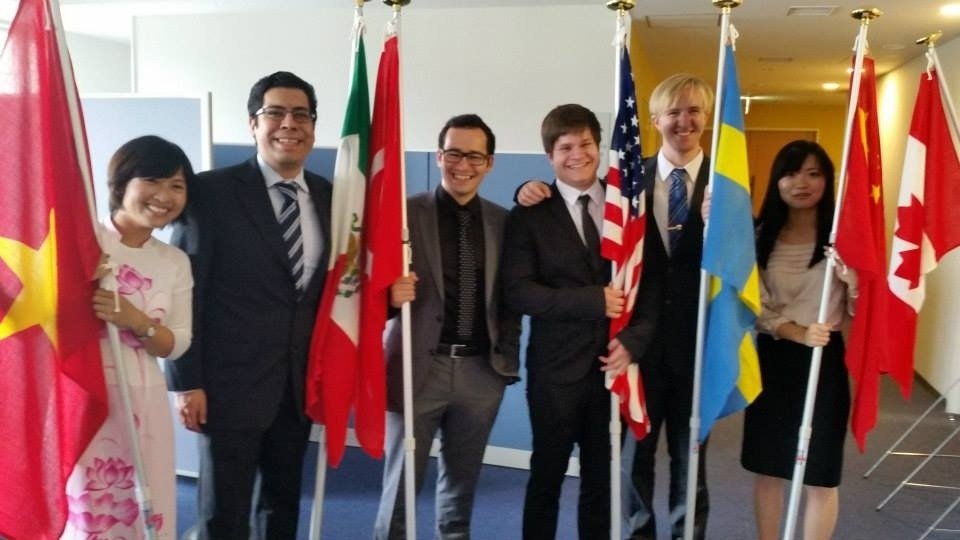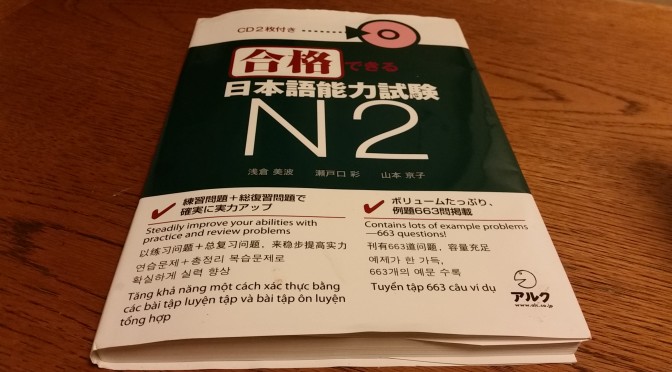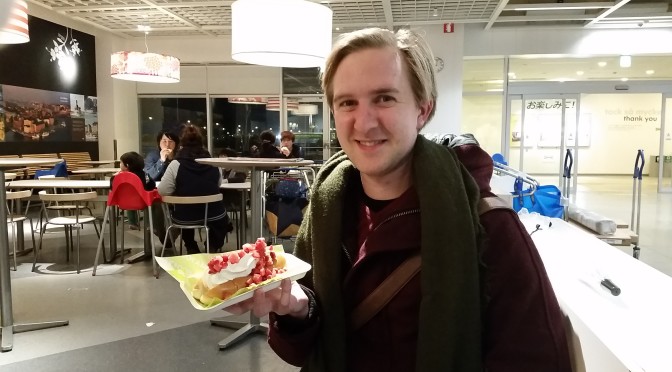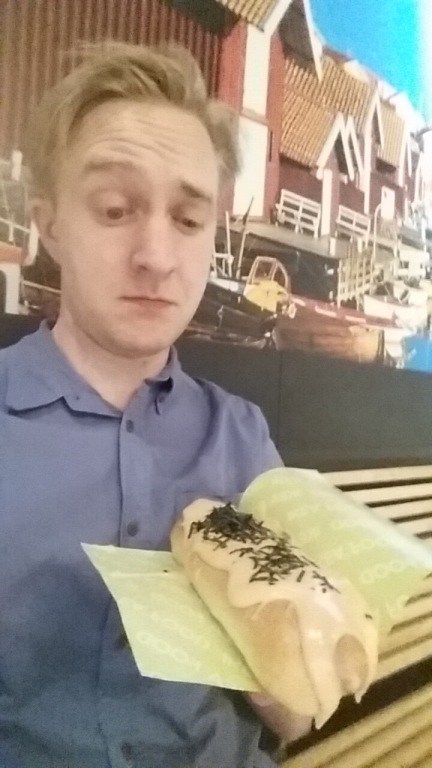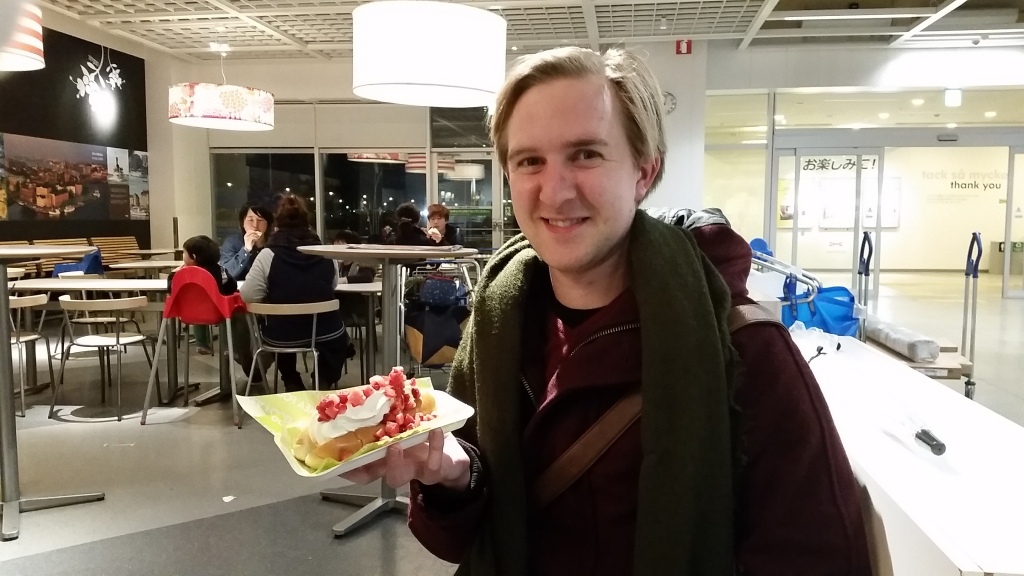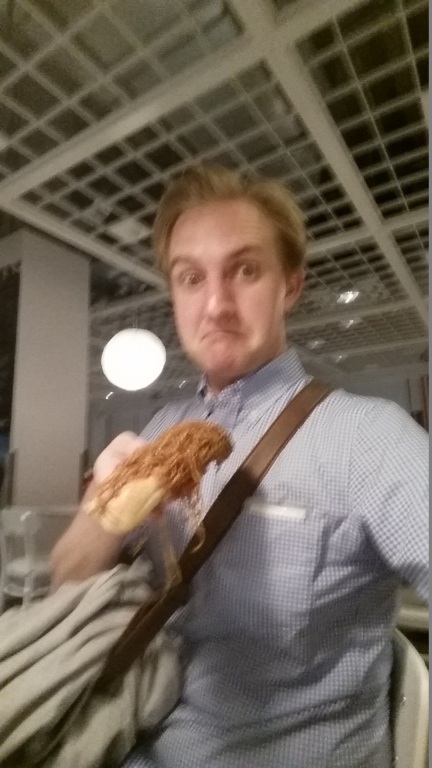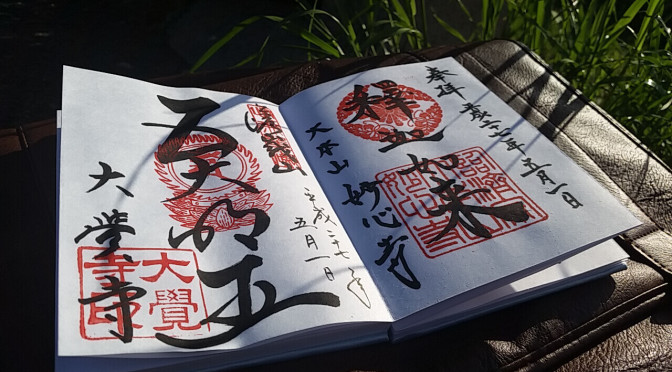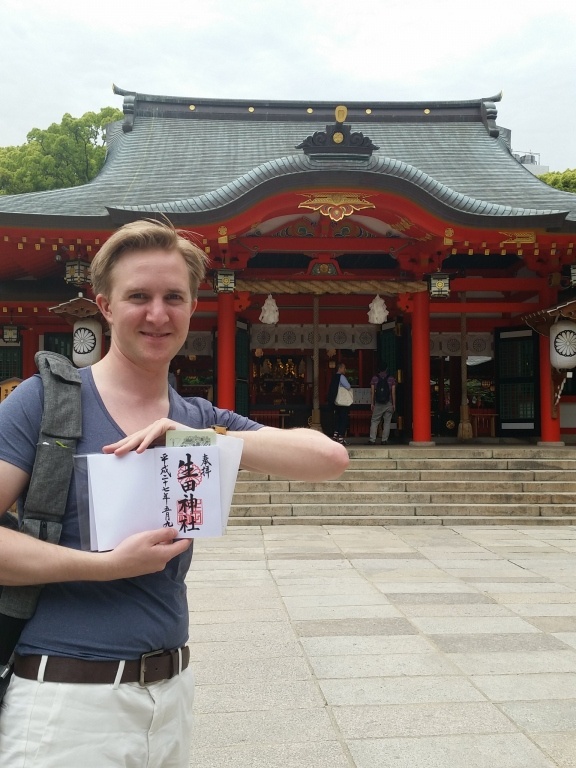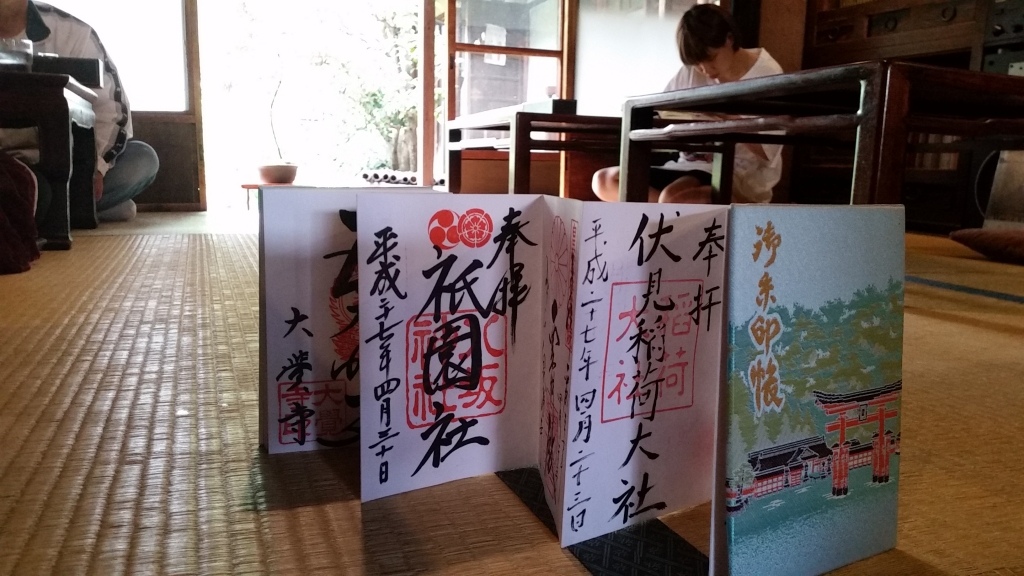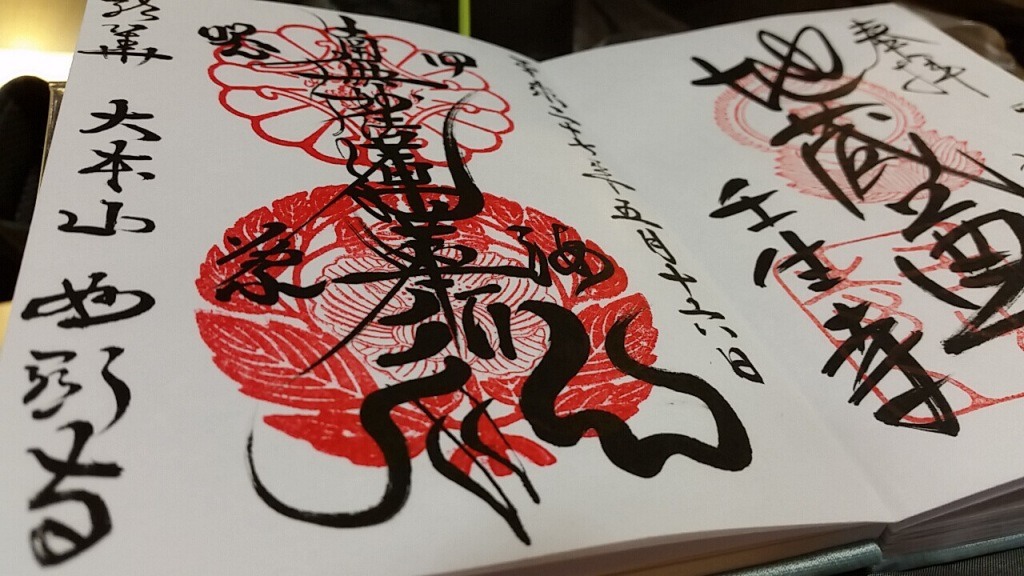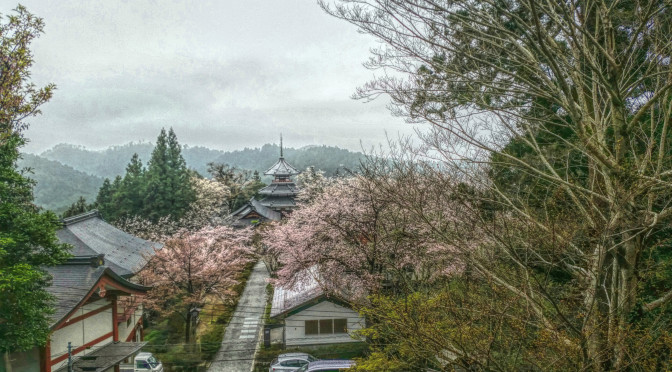The second semester at Doshisha Business School is more than halfway through and I want to share my experiences so far. The rainy season has begun with sunshine following buckets of water pouring down. I’m writing up these thoughts sitting at the student lounge on the third floor of the kambaikan building.
During the second semester, I took the following courses in the first quarter:
- Business Research Methods; a compulsory elective course (?) which is continuing the Critical Thinking class.
- Finance; We chose one listed company (Rakuten in my case) each and analyzed them according to what we learned in class. This excellent class was taking up Finance. Financing, Investing and Pay Out decisions.
- E-marketing; We all created projects and promoted them through Social Media and using analyzing tools. Our group made the Tomodachi Crossing real-life meet up group for people in Kyoto. The project was so successful we decided to continue it after the course.
- Master thesis course 1; This is the beginning of our Master thesis, where we are finishing our research briefs.
At the second semesters, second quarter I am currently taking the following courses:
- Statistics; A class where basic statistics is taught together with statistical tools such as SPSS.
- Economics for Sustainable Development; As the name of the course suggests, we are looking at sustainable development through an economics perspective as seeing how it can be used hand in hand.
- Global intensive 1; An intensive one week course about Entrepreneurship.
- Master thesis course 1 (continuing)
In addition to this I’m continuing taking two new Japanese courses:
- Japanese Written Expression 5
- Japanese Spoken Expression 6
I was placed on two different levels since my Japanese verbal skills are exceeding my written one. While being a Global MBA student at Doshisha Business School is quite tough, I see learning Japanese as one of the most important artifacts I’ll carry with me after my time here.
同志社ビジネススクールでの第二の学期が今、中盤を越えようとしています。そこで今日、私はこれまでに得た同志社ビジネススクールでの経験を共有したいです。日本は梅雨の季節で、晴れ間からバケツの水が降り注ぐような日もあります。今日は寒梅館というビルの3階にある学生ラウンジに座り、これらの考えを書いています。
第二学期の初めのクオーターで私は次のコースを受講しました:
- ビジネス研究の方法:クリティカルシンキングを継続して行う必修選択科目です。
- ファイナンス:私たちは(私の場合は楽天)個々で上場企業の中から一つを選び、クラスで学んだ内容に応じて、それらの企業を分析します。この優れたクラスは、金融、資金調達、投資や配当の決定をカバーする内容です。
- E-マーケティング:我々はプロジェクトを作成し、ソーシャルメディア、および分析ツールを使用して、そのプロジェクトを促進しました。私のチームはTomodachi Crossingという名のプロジェクトを作成し、実際に京都に暮らす人々のために集まりやイベントを企画しました。プロジェクトは大成功に終わり、私たちはコースの後もこの企画を継続すとことを決めました。
- 修士論文コース1:これは、修士論文の準備のためのクラスです。
第二学期の第二のクオーターでは以下のコースを受けています:
- 統計学:基本的な統計学を学び、それと同時にSPSSなどの統計ツールを学ぶクラスです。
- 持続可能な開発のための経済学:コースの名前が示すように、持続可能な発展を経済学の観点から見て、それがどのように手と手を取り合い使うことが出来るかを学ぶクラスです。
- グローバル1集中:起業についての一週間の集中講義です。
- 修士論文コース1:(継続)
それに加え、私は継続して2つの新しい日本語のコースに参加しています:
- 日本語文章表現5
- 日本語口頭表現6
私自身の日本語のスピーキング能力と文章表現能力の差から、私は2つの異なるレベルに配置されました。同志社ビジネススクールでのグローバルMBAの授業でさえ非常に厳しいです。しかし、私は日本にいる間に日本語を習得することが、自分に残すことが出来る道具の一つになると考えるため、この二つのクラスの重要性を感じています。
